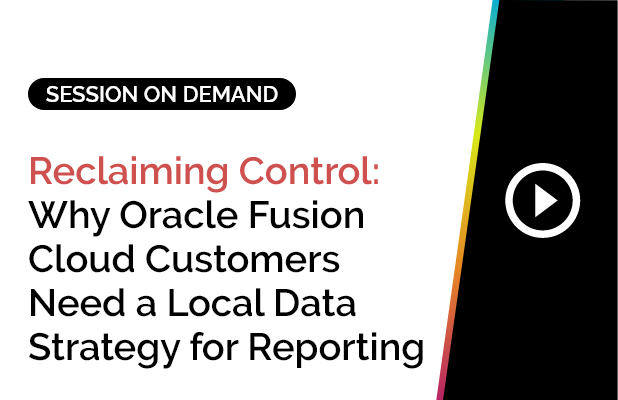Introduction
In 2024, the gender pay gap remains a pain point even in advanced economies. In the United States, women still earn only 83 cents for every dollar their male counterparts make. This disparity translates to $407,760 less over a 40-year career for a woman starting full-time work today than a man in the same position. The persistence of this gap calls for innovative solutions and data-driven strategies. To address this critical issue and help HR leaders understand how to close the gender pay gap, SplashBI is hosting a panel session:5 Must-Have Strategies to Close the Gender Pay Gap With People Analytics
The experienced panel will share insights on implementing transparent pay structures, reducing bias in reporting metrics, and the benefits of continuous monitoring of gender-specific compensation parameters. The panelists of this webinar include:- Christina Crowley from SplashBI
- Erika Sandoval of UKG
- Erin Simmons from Matchtech
- Manjari Gupta of SplashBI
- Jerese Isaac from the City of Atlanta
- Victoria Collier from The OG Group
- Regular Pay Audits
- Transparent Pay Structures
- Drivers of Pay
- Bias-Free Recruitment Metrics
- Frequent Monitoring for Continuous Progress
Why Gender Pay Gap Still Exists
Despite progress in recent decades, the gender pay gap persists in 2024 due to several entrenched issues that start from the moment a job application is sent. Here are the main reasons we are still figuring out how to close the gender pay gap:
1. Unconscious bias in hiring and promotions:
Without conscious intervention, hiring and promotion practices can be rife with unconscious bias that skews opportunity toward or away from a particular identity group. These biases can be subtle yet impactful, like the ‘affinity bias’, where a lack of common interests or shared background with a female candidate might cause male managers to overlook their qualifications.2. Lack of pay transparency
Many organizations do not disclose salary ranges or compensation structures with current or prospective employees. This lack of transparency makes it difficult for employees to negotiate fair pay and for organizations to hold themselves accountable for equitable compensation practices.
Source
Notably, these numbers are often limited to the hiring stage and pay transparency drops dramatically among existing employees. Surveys found roughly 40% of U.S. respondents do not share any pay data with existing employees, with the number going up to 55% outside the U.S.
3. Data barriers
Many companies need more data analysis capabilities. The absence of comprehensive, disaggregated data on race, ethnicity, gender, and other demographics hampers the ability to conduct thorough equity assessments. By leveraging advanced analytical tools, organizations can gain deeper insights into their pay structures, identify hidden biases, and learn how to close the gender pay gap.4. Insufficient monitoring of equity interventions
Even when interventions address pay equity, they are not always monitored rigorously. Continuous and thorough monitoring is essential to ensure these interventions are effective and that pay equity is maintained over time. The gender pay gap is a complex issue rooted in longstanding societal and organizational practices. Addressing it requires a multi-faceted approach that combines data-driven insights, policy changes, and cultural shifts.How Tech and Policy Interventions Can Disrupt the Gender Pay Gap
As organizations strive to close the gender pay gap, a combination of technological advancements and policy reforms are emerging as powerful solutions.New age technologies addressing unconscious bias
Artificial Intelligence (AI) is crucial in mitigating unconscious bias in hiring and promotion processes. These technologies can help neutralize biases like affinity bias, conformity bias, age, and gender-related biases. Here are a few ways AI can level the playing field:- AI-powered resume screening tools that focus on skills and qualifications rather than demographic information.
- Structured interview platforms that use natural language processing to analyze responses objectively.
- Performance evaluation systems that use data-driven metrics to assess employee contributions fairly.
Policies addressing lack of pay transparency
Recent policy interventions are also making significant strides in promoting pay transparency: European Union Pay Transparency Directive: Set to be implemented by June 2026, this directive requires:- Gender pay gap reporting for companies with over 100 employees. Prohibition of salary history inquiries.
- Disclosure of salary ranges in job postings.
- Action plans for companies with gender pay gaps exceeding 5%
- States like California, New York, and Colorado now require salary range disclosure in job postings.
- Areas with these laws are seeing faster reductions in the gender pay gap compared to the national average.
- As a result of these laws, the percentage of job listings with salary information on the jobs portal Indeed increased from 18% in February 2020 to over 50% by August 2023.
- Detailed pay equity analysis: People analytics tools allow organizations to examine compensation data across various dimensions such as job role, seniority, location, and industry. This detailed analysis helps uncover potential sources of inequity. For instance, in the U.S., the gender pay gap varies significantly between states, with women in Vermont earning $3,872 less than their male counterparts, while women in Wyoming earn $18,877 less annually.
- Real-time monitoring and reporting: People analytics tools like SplashBI for HR automate data collection and analysis, allowing HR professionals to set realistic targets, track progress, and adjust strategies in real-time. This continuous monitoring ensures that interventions remain effective and that pay equity is maintained.
- Compliance support: People analytics tools can help companies prepare for and comply with regulations like the EU’s Pay Transparency Directive and the Corporate Sustainability Reporting Directive (CSRD). Their simple setup and automated reporting functionality significantly reduce the burden on HR professionals, leaving them to focus on how to close the gender pay gap at a high level.














